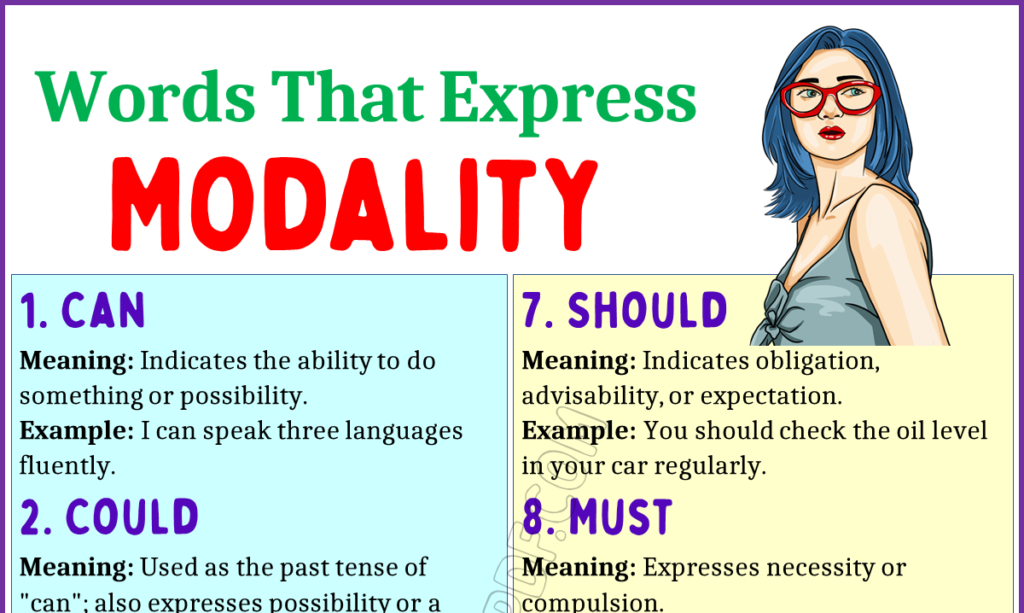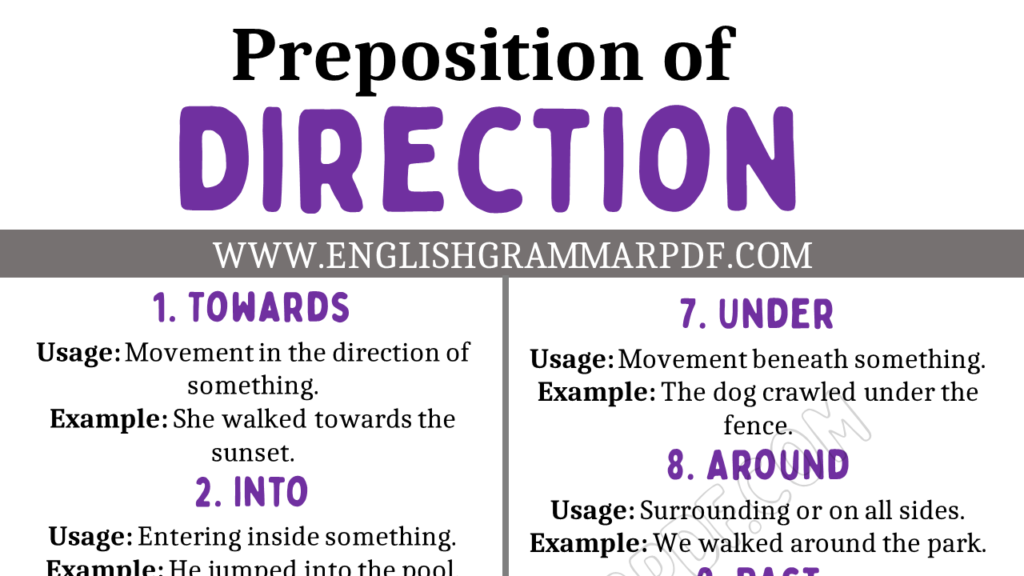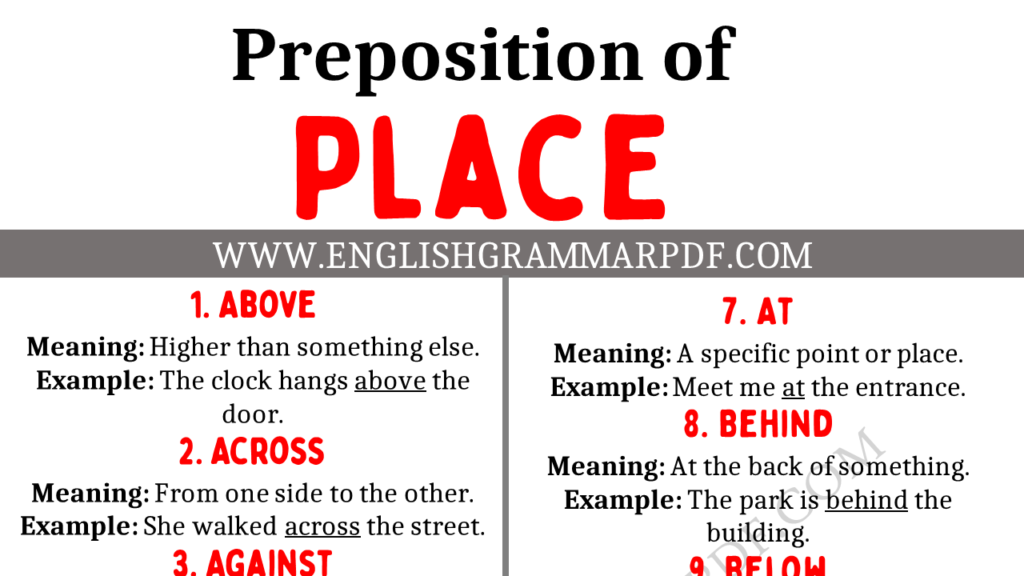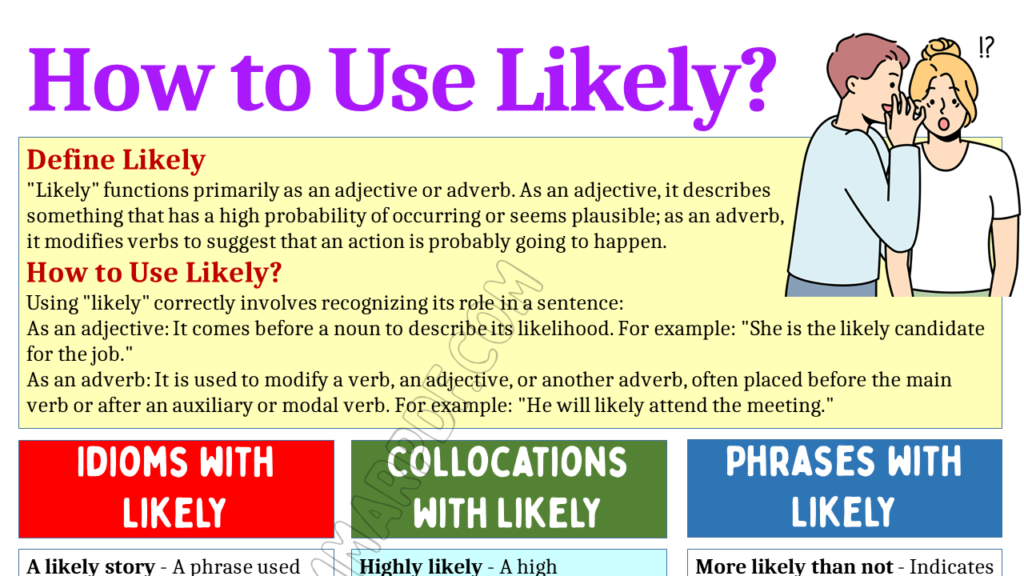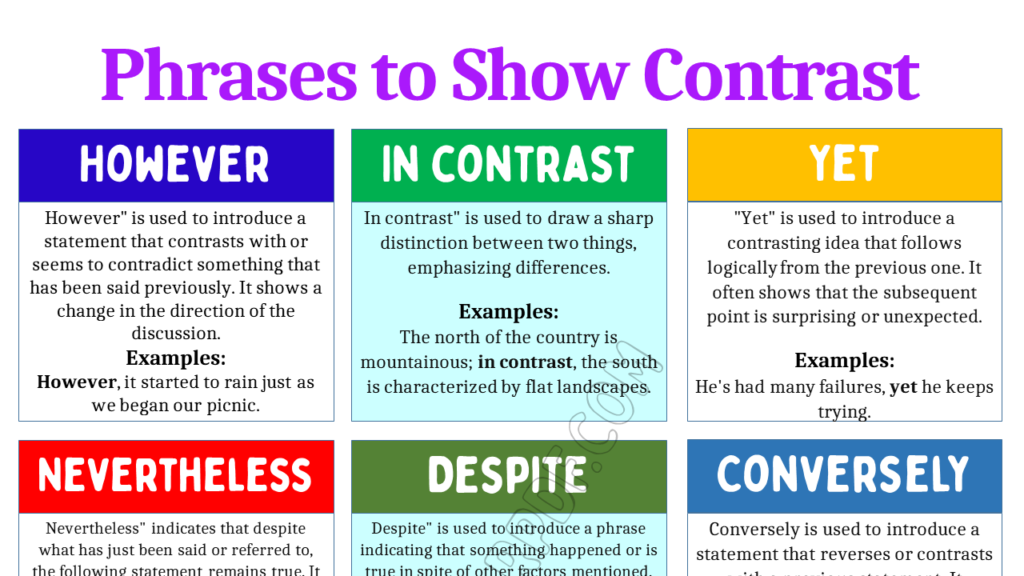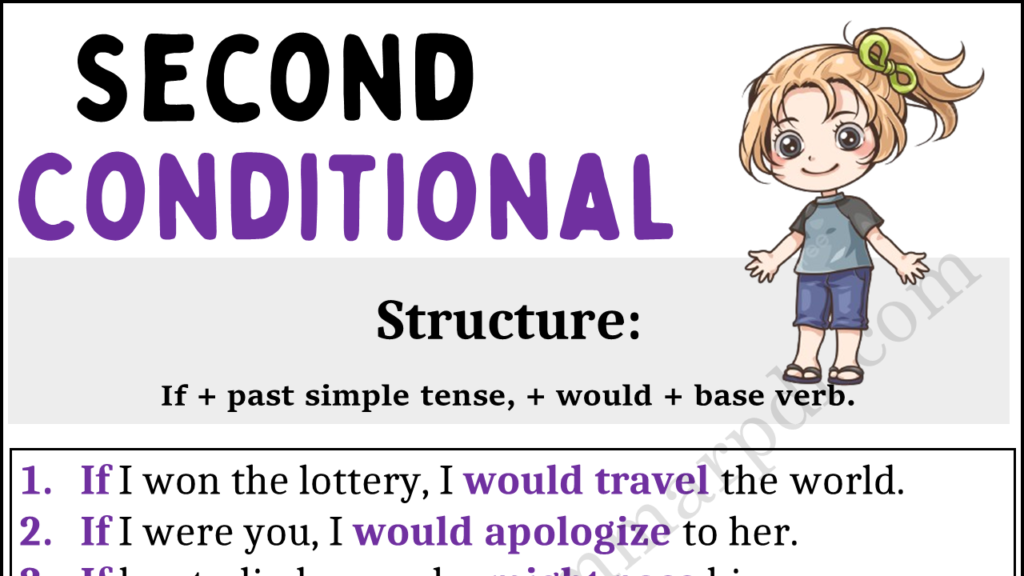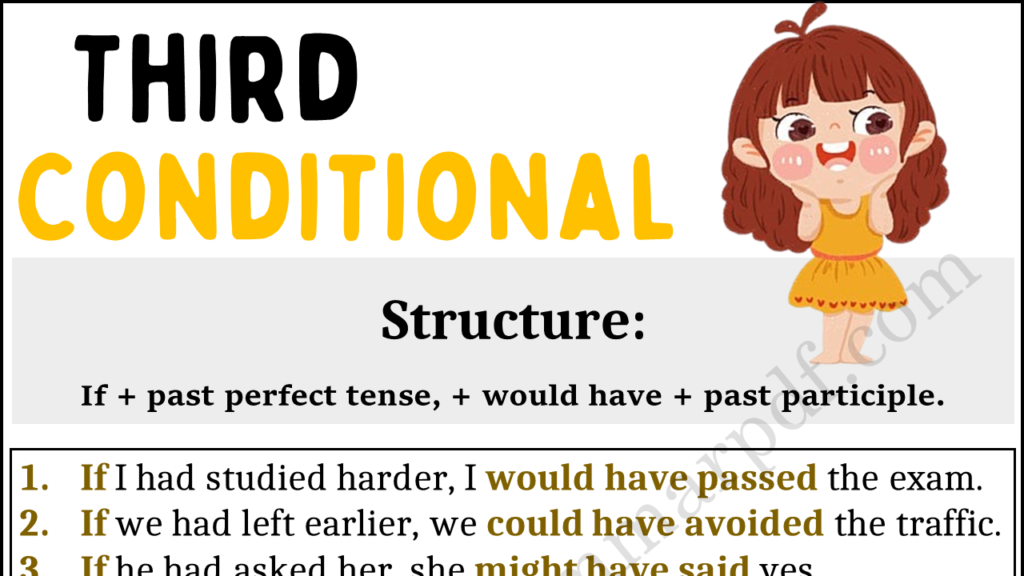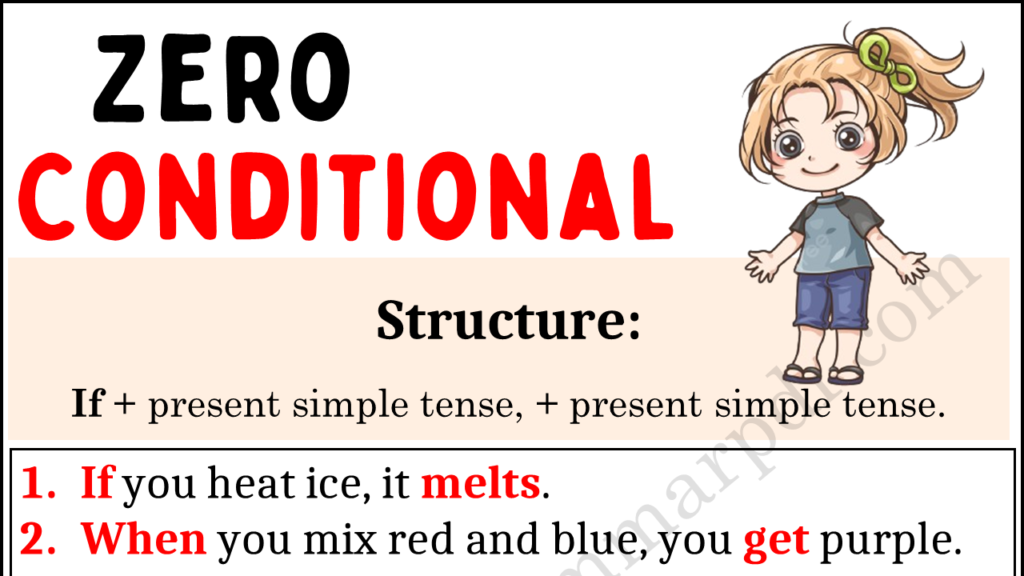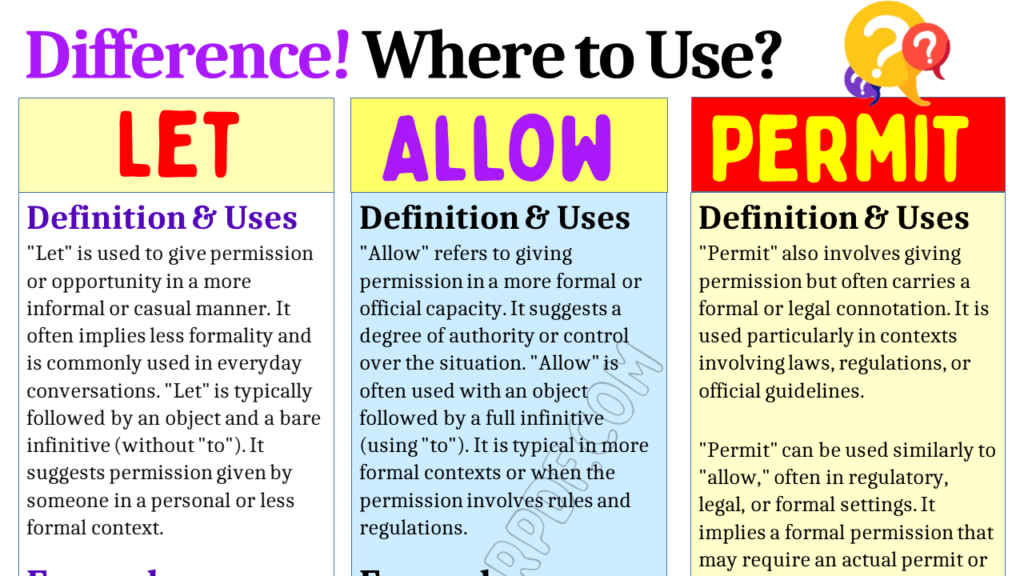List of 20 Prepositions of Time in English
Prepositions of time are essential in English to indicate when something happens. They help in describing the time aspect in sentences, making communication clear and effective. Definition of Prepositions of Time Prepositions of time are words used to specify when an event occurs, indicating the timing of an action relative to another event. 1. At […]
List of 20 Prepositions of Time in English Read More »


